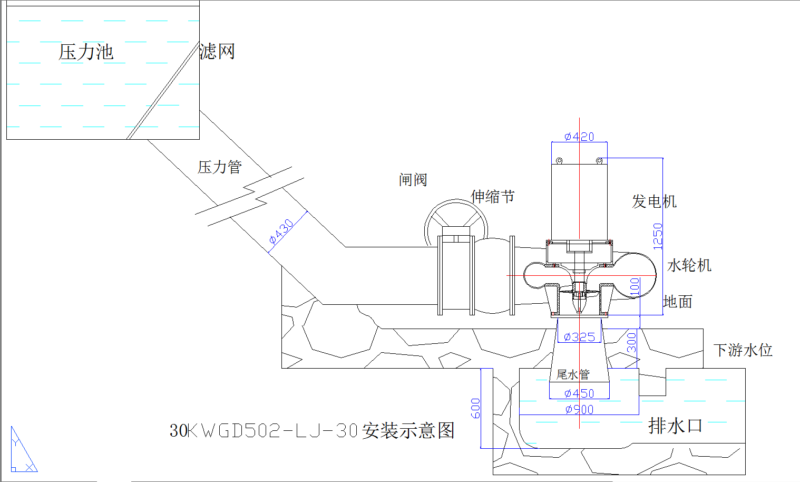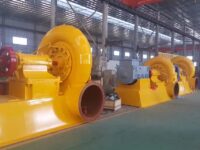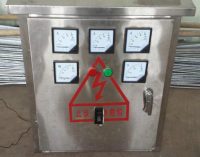To calculate the capacity of a hydropower project based on head and flow data, you can use the following formula:
Capacity (in kilowatts) = Head (in meters) × Flow (in cubic meters per second) × Specific Weight of Water (in newtons per cubic meter) × Efficiency
Here’s a breakdown of the variables used in the formula:
- Head: It refers to the vertical distance between the water source’s level and the turbine. It is typically measured in meters. The head represents the potential energy available from the water flow.
- Flow: It denotes the rate of water flow through the turbine and is typically measured in cubic meters per second (m³/s). It represents the amount of water available for power generation.
- Specific Weight of Water: It represents the weight of water per unit volume and is typically measured in newtons per cubic meter (N/m³). The specific weight of water is approximately 9.81 N/m³.
- Efficiency: It signifies the efficiency of the hydropower system, which accounts for losses due to friction, mechanical inefficiencies, and electrical losses. Efficiency is usually expressed as a decimal or a percentage.
By multiplying these variables together, you can obtain the capacity of the hydropower project in kilowatts (kW). Please note that this formula provides an estimate and the actual capacity may be influenced by additional factors, such as turbine characteristics, generator efficiency, and system losses.
It’s important to perform detailed engineering analysis and consider site-specific conditions to obtain a more accurate estimation of the hydropower project’s capacity.



